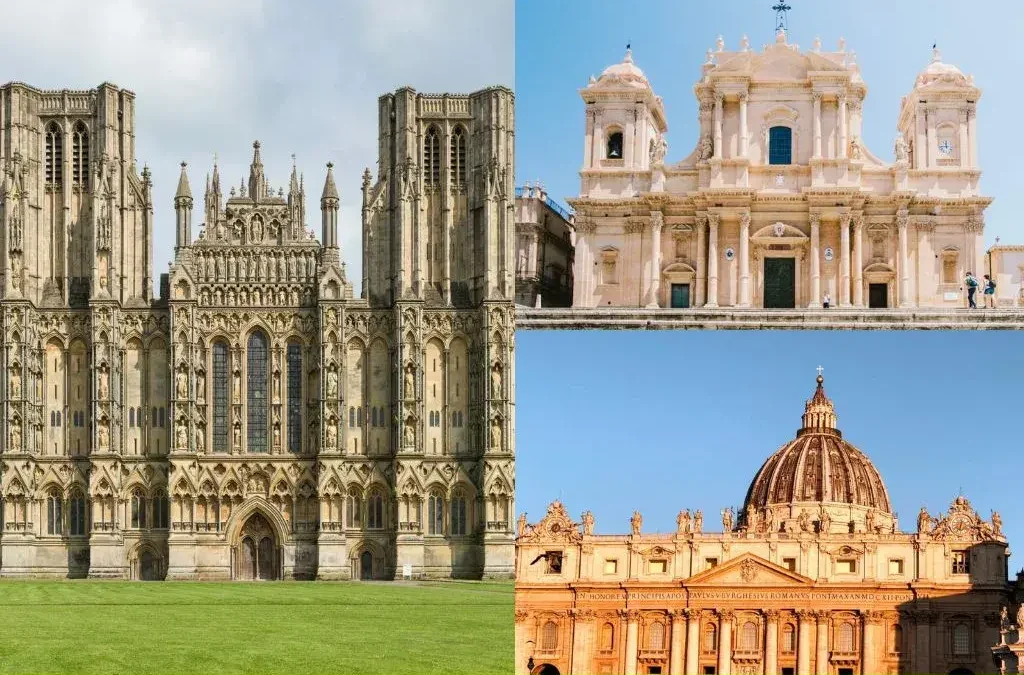Explore this post with:
Italian architecture is a fascinating blend of history, culture, and innovation that has left an indelible mark on the world. Italy is home to some of the most iconic architectural periods, including Roman, Renaissance, Gothic, and Baroque, each offering a unique style and technique. From the grandeur of the Colosseum to the elegant design of St. Peter’s Basilica and the breathtaking dome of the Florence Cathedral, Italy’s architectural masterpieces tell stories of creativity and craftsmanship. This rich heritage has influenced global architecture, inspiring styles like neoclassical and modern design far beyond Italy’s borders.
Italian architecture isn’t just about preserving the past and embracing sustainability and innovation in contemporary works. Whether you’re an architecture enthusiast or a curious traveler, exploring Italy’s buildings offers a window into centuries of artistic brilliance and continues to inspire architects and designers around the world.
Historical Italian Architecture Periods
Ancient Rome
The architecture of ancient Rome has provided the basis for much of Western architecture. It is known for incredible engineering achievements, such as the Colosseum, the Pantheon, and the aqueducts. The Romans improved the design of concrete, arches, vaults, and domes to build large-scale, permanent public spaces. The Colosseum, which could seat tens of thousands, was the site of gladiatorial games and is still one of the most recognized symbols of Roman prowess.
The Pantheon is another example of Roman skills and artistry, with an enormous unreinforced concrete dome and a central oculus at the top. Places such as the Roman Forum, Palatine Hill, and Castel Sant’Angelo illustrate Rome’s relevance politically, socially, and architecturally.
The Middle Ages (Romanesque and Gothic)
Following the fall of Rome, architectural styles shifted toward the Romanesque, characterized by thick walls, rounded arches, sturdy piers, and small windows. Italian Gothic architecture emerged later with a distinctive regional flavor, favoring decorative facades, pointed arches, and greater verticality but maintaining a focus on balanced proportions. Famous examples include the Leaning Tower of Pisa and the majestic cathedrals in Milan and Orvieto.
Renaissance
The Renaissance above indicates a renewal of classical ideas in Florence. The term indicates ideas of harmony, symmetry, and proportion, and the use of vertical classical orders. One of the most significant new designs in Florence came from architect Filippo Brunelleschi, who made substantial innovations in architectural design, including the dome of the Florence Cathedral. Other Renaissance architects, such as Leon Battista Alberti and Andrea Palladio, established design rules that informed European architectural design practices for many years.
Baroque
Baroque architecture brought dramatic flair, grandeur, and emotional intensity, reflecting the Counter-Reformation spirit. It featured bold curves, opulent decorations, and dynamic spatial arrangements. Rome became the epicenter of Baroque architecture, exemplified by Gian Lorenzo Bernini’s work on St. Peter’s Basilica, where light and shadow create awe-inspiring effects.
Modern Architecture
Contemporary Italian architecture continues to evolve by blending historical elements with modern innovation. Today’s architects emphasize sustainability, technology, and integration with natural surroundings, building on Italy’s rich heritage while addressing 21st-century needs. Leaders like Renzo Piano showcase Italy’s ongoing role in shaping global architectural trends.
Features of Italian Architecture
Italian architectural style is characterized by several distinctive features that reflect its rich historical and cultural heritage:
Use of Classical Orders: Italian architecture prominently employs the classical orders of columns Doric, Ionic, Corinthian, Tuscan, and Composite both structurally and decoratively. These elements create a sense of order, harmony, and grandeur.
Symmetry and Proportion: Inspired heavily by classical antiquity and Renaissance ideals, Italian buildings emphasize balanced proportions, geometric layouts, and symmetry, creating visually pleasing and harmonious structures.
Arches and Vaults: Semi-circular arches and barrel vaults are frequent features, supporting both functional and aesthetic goals. Italian architecture often reintegrated these classical elements with innovative techniques.
Domes: A hallmark of Italian architecture, domes are used extensively in religious and civic buildings. The dome of Florence Cathedral by Filippo Brunelleschi is a pioneering engineering feat symbolizing Renaissance innovation.
Façades: Italian façades often exhibit layered organization with pilasters, columns, arches, and entablatures. They frequently feature pediments, cornices, and intricate stonework or polychrome marble decorations to add depth and visual interest.
Materials: Stone, terracotta, marble, and brick are commonly used materials, often creatively combined to highlight architectural details and regional aesthetics.
Decorative Carvings and Tracery: Intricate stone carvings, arcades, and ornamental motifs imbue Italian architecture with a narrative quality, telling stories of power, faith, and artistry.
Iconic Structures and Landmarks
The Colosseum: A Marvel of Ancient Engineering
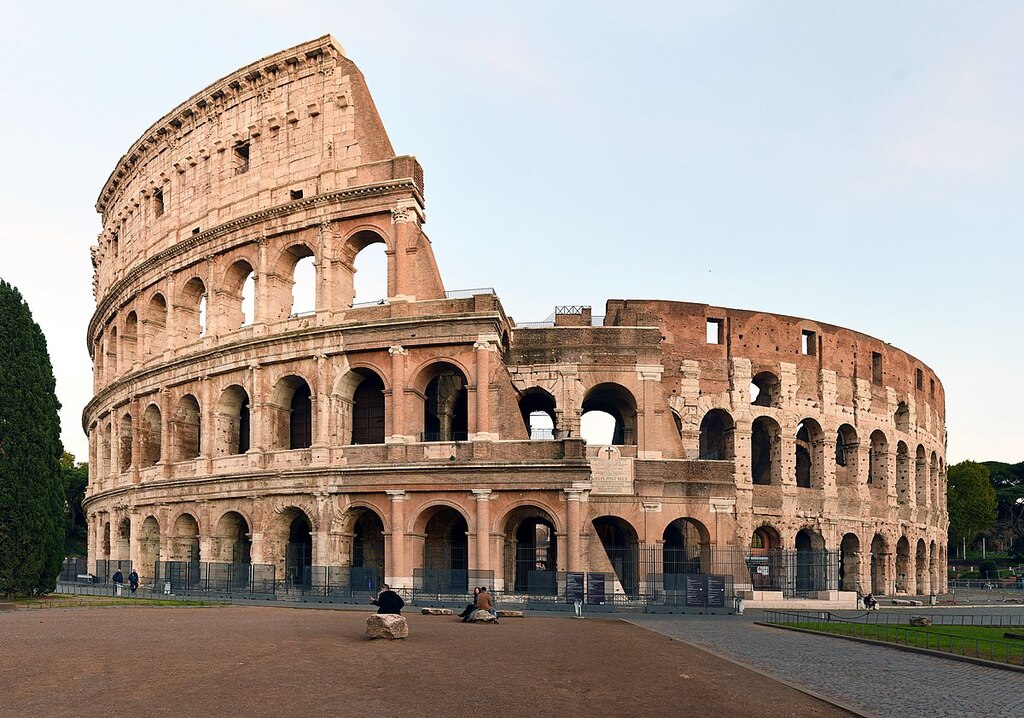
The Colosseum in Rome is one of the greatest architectural and engineering achievements of ancient Rome. Built between 70 and 80 AD under Emperors Vespasian and Titus, this massive amphitheater could hold around 50,000 spectators. It was designed as a freestanding structure using innovative techniques such as concrete, barrel vaults, and groin vaults, with travertine stone for the exterior and volcanic tufa inside.
The Colosseum’s iconic oval shape and carefully layered Doric, Ionic, and Corinthian columns established a classical architectural order that influenced centuries of design. It hosted gladiatorial combat, animal hunts, and mock naval battles, all supported by an elaborate underground hypogeum for animals and performers. Its engineering marvels include a retractable velarium awning to protect spectators from the sun, sophisticated crowd control through numbered entrances, and a resilient structural framework that still stands today as a symbol of Rome’s grandeur.
The Leaning Tower of Pisa: Architectural Anomaly and Its History
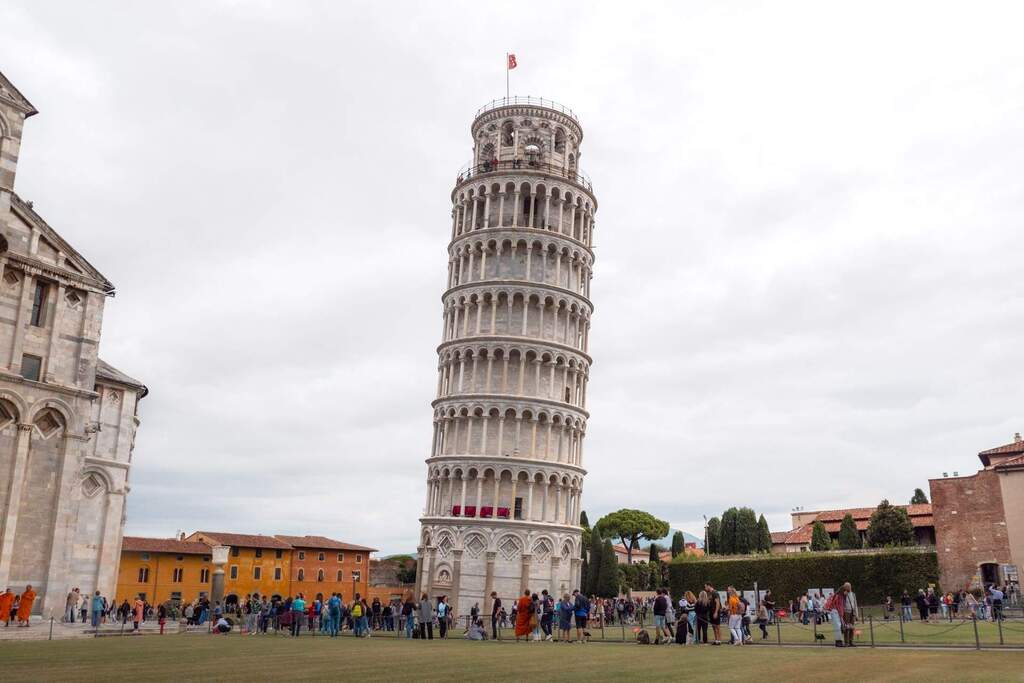
The Leaning Tower of Pisa is famous worldwide for its unintended tilt, caused by unstable soil beneath its foundation. Construction began in 1173 and paused multiple times over nearly 200 years, allowing the soil to settle and avoid collapse. This bell tower of Pisa’s cathedral complex integrates Romanesque-style elements with round arches and ornate detailing. Despite its lean, the tower remains structurally sound due to extensive restoration efforts using modern engineering. It stands as a unique landmark that draws millions of visitors fascinated by its blend of medieval engineering challenges and artistic beauty.
St. Peter’s Basilica: A Pinnacle of Renaissance Architecture
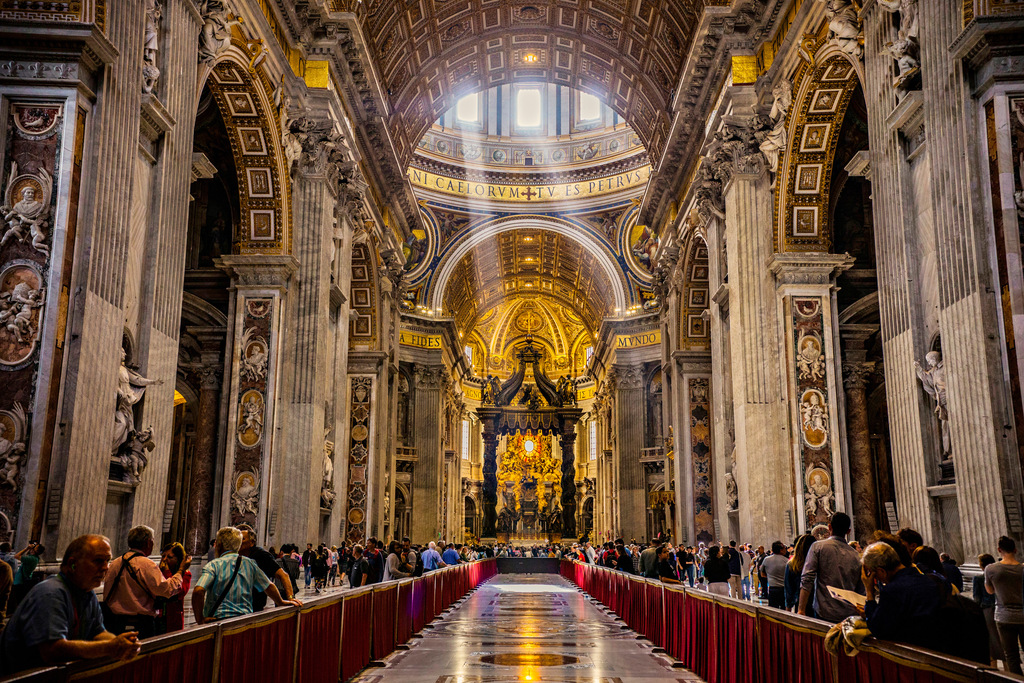
St. Peter’s Basilica in Vatican City exemplifies Renaissance ideals with its harmonious proportions, intricate decoration, and massive dome designed by Michelangelo. Completed in the 17th century, it serves as a monumental religious and architectural symbol. The basilica’s design integrates classical elements such as columns, pilasters, and domes, creating an awe-inspiring space that combines theological symbolism with artistic mastery. It remains one of the largest churches globally and a focal point of Catholic faith and Renaissance art.
The Duomo of Florence: Architectural Significance and Design
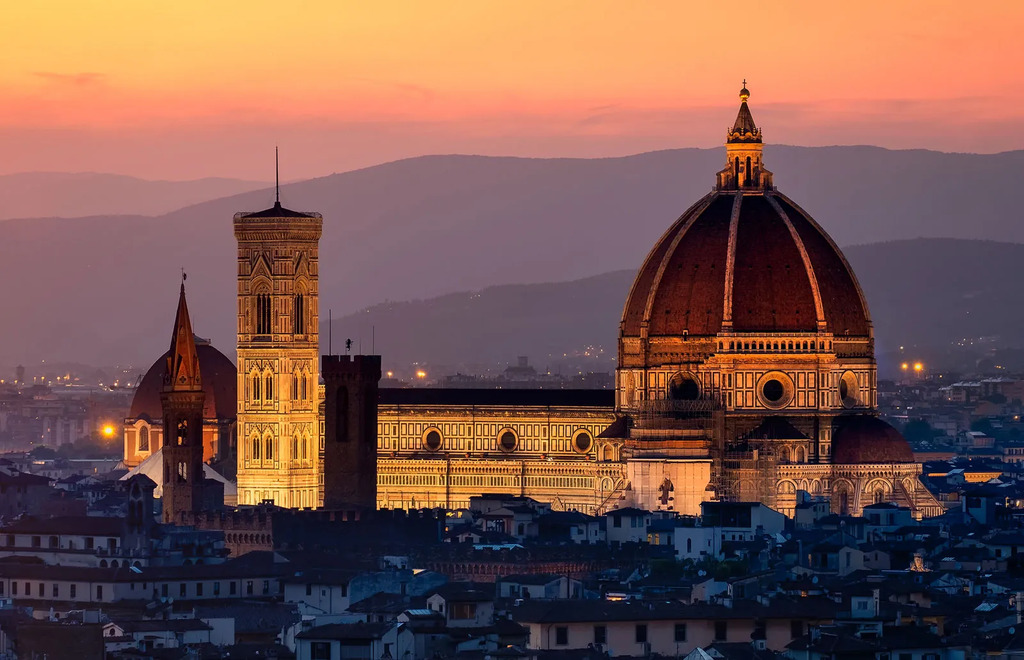
The Florence Cathedral, or Duomo, is famous for its extraordinary dome engineered by Filippo Brunelleschi. Completed in the 15th century, this dome was the largest of its time and a breakthrough in architectural technology, employing a double shell and herringbone brick pattern without the need for scaffolding. The Cathedral’s façade features Gothic revival decoration with intricate marble panels in green, pink, and white. The Duomo symbolizes Florence’s Renaissance cultural flowering and stands as a testament to the city’s innovation and artistic spirit.
These landmarks collectively narrate Italy’s architectural advancements and its lasting influence on global culture and design.
Regional Variations in Italian Architecture
Northern Italy: Venetian Gothic and Alpine Influences
Northern Italy, especially Venice, is famous for its unique Venetian Gothic style, which blends Gothic architecture with Byzantine and Islamic influences, reflecting the city’s historic role as a trading hub between East and West. Venetian Gothic architecture is characterized by pointed arches, intricate traceries, ornate facades, and a focus on lightness and grace despite Venice’s watery, unstable foundations.
Iconic structures such as the Doge’s Palace and Ca’ d’Oro showcase decorative quatrefoil windows, ogee arches, and luminous marble, creating an airy, elegant effect unlike typical Gothic heaviness. Beyond Venice, the Alpine regions contribute sturdy, practical architecture adapted to mountainous climates, featuring steep roofs and stone construction that blend functionality with regional aesthetics.
Central Italy: Tuscan and Roman Styles
Central Italy, including Florence and Rome, is the heartland of classical and Renaissance architecture. Tuscan architecture is known for its harmonious proportions, use of classical columns, and earthy, terracotta colors. Florence’s Renaissance buildings exemplify balance, geometry, and revived classical elements, epitomized by Brunelleschi’s dome on the Florence Cathedral and the Palazzo Medici.
Roman architecture, rich with ancient ruins like the Colosseum and Pantheon, emphasizes monumental scale, arches, and domes, setting a timeless standard for Western building design. These styles reflect the cultural and historical layerings in central Italy, blending Roman antiquity with Renaissance humanism.
Southern Italy: Baroque and Moorish Influences
Southern Italy displays a vibrant mix of Baroque exuberance and Moorish artistic heritage. Baroque architecture here is dramatic and ornate, with dynamic curves, richly decorated interiors, and vibrant colors, as seen in Naples and Sicily’s churches and palaces. The Moorish influence, a legacy of past Islamic presence, especially in Sicily, is evident in intricate tile work, horseshoe arches, and geometric patterns, contributing to a uniquely Mediterranean architectural flavor. This blend creates a distinctive, colorful environment where theatricality meets detailed craftsmanship.
These regional variations highlight Italy’s diverse cultural history and adaptive architectural creativity, shaping buildings to local climates, histories, and aesthetic ideals
Conclusion
Italian architecture spans centuries, from Ancient Rome’s engineering marvels like the Colosseum and Pantheon to the balanced harmony of the Renaissance exemplified by Brunelleschi’s dome. Gothic and Baroque periods added ornate styles, while modern architecture focuses on innovation and sustainability. These diverse eras and regional influences create a rich, enduring architectural legacy that continues to inspire worldwide.
In Case You Missed It!
About the Author: archistyladmin
At Architecturesstyle, we’re passionate about smart design, beautiful spaces, and practical tips that help you bring great architecture into everyday life. Whether it's modern home ideas, iconic buildings, or expert advice, our team brings fresh and useful content to readers who love architecture as much as we do.

